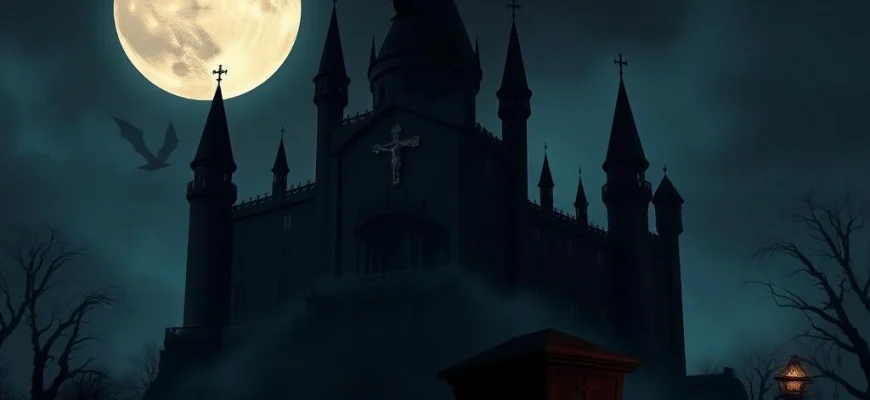If you're a fan of the chilling horror classic 'The Satanic Rites of Dracula' (1973), you'll love these 10 similar movies and shows that capture its dark, gothic essence. This article explores films and series with eerie atmospheres, supernatural villains, and thrilling suspense, perfect for horror enthusiasts craving more blood-curdling tales.

Nosferatu (1922)
Description: A silent film that is one of the earliest adaptations of the Dracula story, known for its eerie, expressionistic visuals and haunting portrayal of the vampire.
Fact: The film was an unauthorized adaptation of Bram Stoker's novel, leading to a lawsuit that ordered all copies to be destroyed, though some survived.
 Watch Now
Watch Now 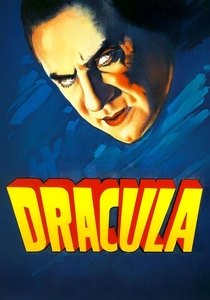
Dracula (1931)
Description: A classic horror film that established many of the tropes associated with vampire lore, featuring a charismatic yet menacing vampire count.
Fact: Bela Lugosi's portrayal of Dracula became iconic, and the film was one of the first to use a musical score during the opening credits.
 Watch Now
Watch Now 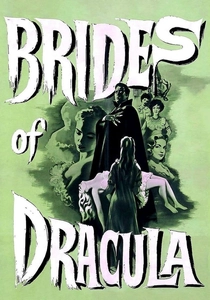
The Brides of Dracula (1960)
Description: A Hammer Horror production that continues the gothic tradition with lush visuals, atmospheric settings, and a focus on vampiric seduction and terror.
Fact: This film is notable for not featuring Dracula himself, instead focusing on one of his disciples.
 Watch Now
Watch Now 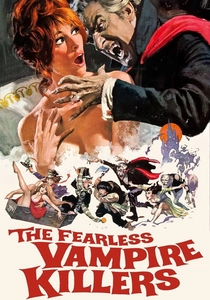
The Fearless Vampire Killers (1967)
Description: A comedic take on vampire lore, blending horror with humor, and featuring a gothic, snowy setting that contrasts with its lighthearted tone.
Fact: The film was originally released in a shorter, more serious cut in the U.S. under the title 'Dance of the Vampires.'
 Watch Now
Watch Now 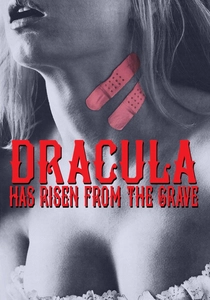
Dracula Has Risen from the Grave (1968)
Description: Another Hammer Horror entry, known for its vibrant colors, gothic atmosphere, and a relentless, vengeful vampire antagonist.
Fact: This was the first Dracula film in color to be released in the United States.
 Watch Now
Watch Now 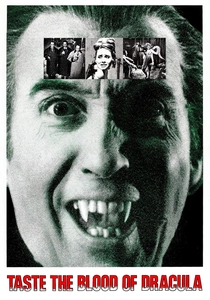
Taste the Blood of Dracula (1970)
Description: A film that explores themes of decadence and corruption, with Dracula preying on the morally bankrupt elite, set against a backdrop of Victorian England.
Fact: The movie was originally intended to be the final Hammer Dracula film, but its success led to sequels.
 Watch Now
Watch Now 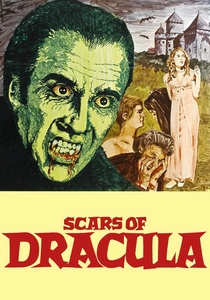
Scars of Dracula (1970)
Description: This installment ramps up the violence and eroticism, with Dracula wreaking havoc in a small village, emphasizing the horror and brutality of the vampire mythos.
Fact: The film features one of the most gruesome death scenes in the Hammer Dracula series.
 Watch Now
Watch Now 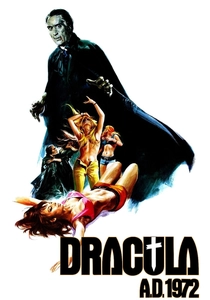
Dracula A.D. 1972 (1972)
Description: A unique blend of gothic horror and modern settings, bringing the vampire count into contemporary London, mixing traditional horror with 70s aesthetics.
Fact: This was the first Hammer Dracula film to be set in the modern era, breaking from the Victorian period.
 Watch Now
Watch Now 
Nosferatu the Vampyre (1979)
Description: A atmospheric and slow-paced retelling of the Nosferatu story, with a focus on the grotesque and tragic nature of the vampire, and stunning cinematography.
Fact: This version was directed by Werner Herzog and is considered a masterpiece of European horror cinema.
 Watch Now
Watch Now 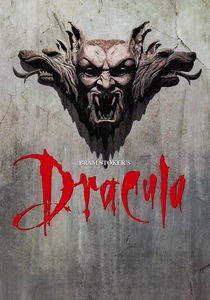
Bram Stoker's Dracula (1992)
Description: A visually opulent retelling of the Dracula legend, blending gothic horror with a tragic romance, and featuring elaborate period costumes and sets.
Fact: The film won three Academy Awards for Best Costume Design, Best Sound Editing, and Best Makeup.
 Watch Now
Watch Now 
